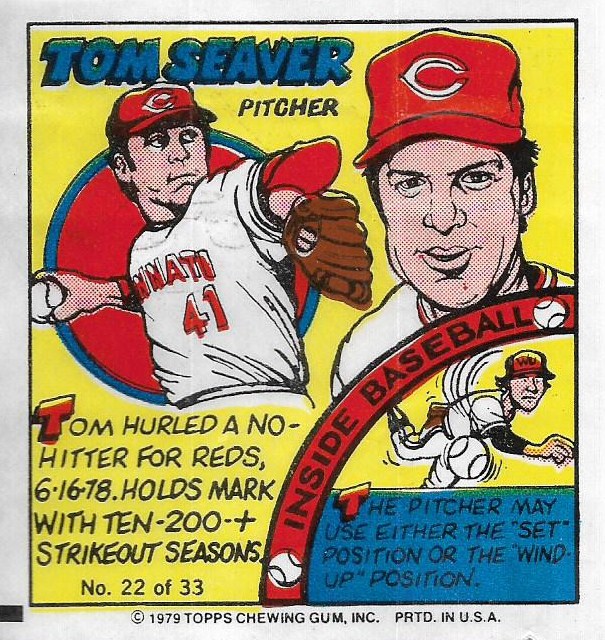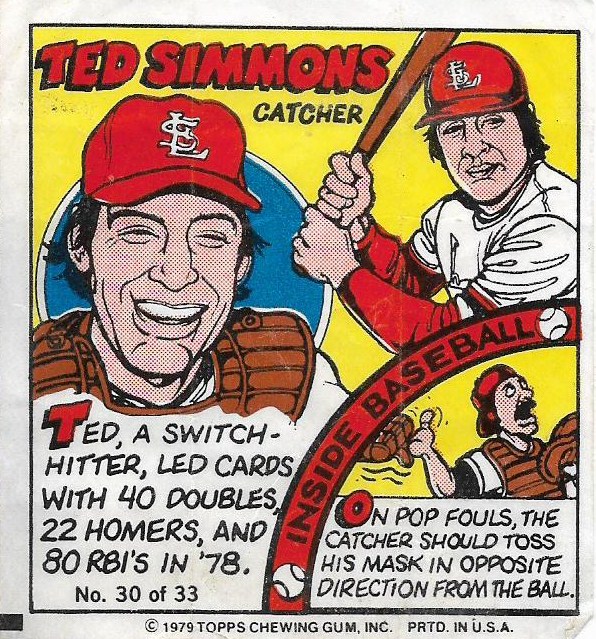As a youngster, I enjoyed reading the comics in the daily paper.
The concept of a new amusing strip each day fascinated and entertained me, and I remember at an early age cutting out individual strips of Peanuts or Blondie and stacking them up for months and then going back and reviewing past strips.
We didn't get the Sunday paper at our home. But my grandmother did. So when we'd go over to her house, the Sunday funnies from that week, and previous weeks, would be waiting for us in the room where she kept all the toys for the grandkids.
I had my favorites and others that confused me. I don't know if anyone remembers "They'll Do It Every Time," a one-panel strip that addressed the frustrations of everyday life. That just seemed too adult to me. I had no idea what it was saying. As I got older, I'd appreciate more sophisticated, off-beat strips like Tank McNamara and Bloom County.
But anyway, comic strips were an everyday part of life. My brother and I would create our own strips with our own characters and attempt to develop them day-by-day. I couldn't stick to it. My brother was a little better. He even took a cartoon-drawing class at one point. (The creator of "B.C.," Johnny Hart, was from our area, and his characters were all over town, from parks to the local pro hockey team).
This is why I've always enjoyed the cartoons on the backs of baseball cards and can relay some of the more notable ones from memory. This is why I've written a few posts about baseball card cartoons, going back to the blog's early days.
And this is why my latest article for Beckett Vintage Collector magazine is on the history of cartoons on the backs of Topps cards!
The article is in the October/November issue, which I don't know if is on newsstands yet -- I still have an unclear idea of when issues reach subscribers and newsstands. But it's the issue with Thurman Munson on the cover.
I've come across a few stories about Topps' cartoons over the years, but really nothing that satisfied my curiosity. There is so little information on the why and how of these quirky gems that really created the most interesting card backs. You can have your second color photo of the player already featured on the front. I mean that's not redundant, is it?
I'd rather have a fresh and funny cartoon.
Fortunately, I have plenty of Topps' cartoons in my collection and I used them to research the hell out of the topic.
I have cited many individual cartoons for this story, concentrating mainly on the most interesting years for card back comics -- 1956, 1973, 1974, 1977 and 1981. I mention a couple from a few other sets, too.
Topps' cartoons illustrate the time period better than almost anything on a baseball card -- outside of the player's haircut. It's a shame that they haven't appeared in a flagship set since 2006. I appreciate the comic efforts in Heritage and Archives, but they're mostly just a rehash and not exactly up to standards of the originals anyway.
Even though I've always been interested in comics, I wouldn't consider myself a rabid fan. I never hoarded comic books, I just didn't have that kind of devotion. I never took the time to perfect my drawing style -- I can draw fairly well but it takes a lot of practice and I'm too busy collecting cards.
So there are many people who possess a deeper and more real attachment to the comic strip world (and, yes, there are comic strips all over the digital space). But comics and cartoon drawings still speak to me and I light up every time I see something like that.
Wacky Packages are an example and it's why I'm trying to collect the ones from my childhood. The Fleer Laughlin World Series cards is another one. No surprise I'm attempting to collect those, too.
Here is another example:
The 1979 Baseball Comics set from Topps fell flat on its face as a test issue. Topps never made another version.
I never saw them in my area that year. The comics are printed on flimsy wax paper that recall the Bazooka Joe comics you'd pull out of Cracker Jack boxes.
Yet I love them so much.
Just the other day, Mark Hoyle sent me almost the entire set of them. I was thrilled. A full-color, one-panel strip featuring one of the players of my youth, plus a little inside info on the rules of the game!
These are tremendous fun, even if I don't know how to store them.
Mark pointed out in a note that two of the comics were missing as he sent them to a fellow collector who collects catchers. So, he said, there was no comic of Johnny Bench or Ted Simmons.
No problemo.
Three or four years ago, reader Rob sent me about half of the '79 Baseball Comics set and included in those were:
Johnny Bench and Ted Simmons!
So now I have the completed set.
I just love these. The comic style is straight out of my childhood. The drawings are pretty good -- only a couple of weird ones in the bunch -- and that will make or break a "likeness set" (looking at you 2010 Chicle).
But enough fawning, let's review all 33 comics from start to finish:
As I told Mark when he featured this set on Twitter, "THESE ARE MY BOYS!"
I hear so much about Tony Gwynn and Bo Jackson and Frank Thomas and Greg Maddux and players from later in the '80s and I get it. But they weren't my childhood titans who I rooted so fervently for and against. The images on the '79 Baseball Comics WERE THOSE GUYS.
I still need to figure out how to store these. Right now my only option is four-pocket pages, but there is so much air left over with those. Also, I have a few duplicates now, which I'll probably distribute among team collectors, unless someone wants like 18 of them at once. (The second Reggie Smith goes to the Dodger collection).
Comics on cards (or anywhere really) will always attract my interest and I wish they would show up in flagship again. But I suppose they'd actually have to pay an artist or something.
If you want to recall the glory days of comics on card backs, pick up the issue with my story.








































Comments
Congratulations on your latest article!
JT, The Writer's Journey
I have some of those for my player collection guys. (Have to make sure I have all of them. If not I'll hit you up.) I got a six pocket page as a sample one time that is 3½" squares instead of the tall narrow ones. Those would be perfect for the cartoons as well as the 70's discs. You just can't find them anywhere.